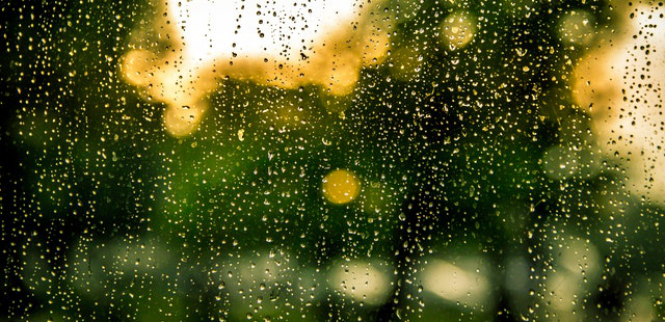
Many people around the world take rainwater for granted. After all, it’s just something that falls down from the sky from time to time and ends deep in the drainage, right?
The thing is, it’s becoming harder to ignore rainwater these days. After all, it is the only clean source of water that surely will not dry up completely even with climate change. Whereas lakes, rivers, and even groundwater will dry up several hot days later or because of overuse by millions of residences (and when they do dry up, recovery can take quite a long time), rain will keep falling down the earth’s surface as long as the earth has an atmosphere.
Which leads us to another reason why it’s harder to ignore rainwater nowadays—rainwater harvesting. As many of us know, it is an ancient practice of collecting rainwater that has long been pushed to the mainstream by environmentalists and even some local and national governments alike. It’s gaining traction in many places beyond Australia because the latest iteration of the practice is one that can be customized in so many different ways to suit the needs of homeowners and businesses.
Another reason it’s gaining traction in many places beyond Australia is that regardless of the way a system is customized, getting the right number of filters for a pre-tank filtration system is still a must.
So just how important is pre-tank filtration in a rainwater harvesting system?
Pre-tank filtration prevents unwanted debris from getting into the water tank itself, therefore making it essential in ensuring water quality. Without this, the leaves that get into the tank will start to decompose eventually. The decomposition of leaves will lead to discolored water and unpleasant odors. While both aren’t considered big issues if rainwater collected will be used to water the garden, these are major issues if rainwater collected is intended for use in a number of household chores.
What are the different pre-tank filters you can get for your rainwater harvesting system?
There are many types of filters available in the market. These are generally mechanical; they only require gravity to operate. These are often set up within vertical downpipes, if not fitted below the ground (particularly into the storm drain run). Other below-ground units are considered self-contained and can withstand vehicular traffic.
There are also types which may be set up within the tank itself, although this one option requires a lot of consideration. A highly important feature of any filter is efficiency; it should be able to remove any particle that is more than 750 microns in size. Therefore, you can expect that the finer your mesh, the cleaner your collected water.
It’s also important to get a filter that’s self-cleaning to some degree to ensure a good flow of clean, filtered water to your rainwater tank during rainy times.
A mesh gutter leaf guard filter can provide basic filtration by keeping large debris like leaves from getting into the downpipe.
A downpipe filter is a filter that has a mesh made of stainless steel or plastic. This filters out insects, leaves, and many other types of debris.
These are fit into a vertical pipe, and as such, are often used in setups with above ground water tanks.
An in-line filter is often used below ground. However, a number of models may be mounted to a wall for above ground use. This kind of filter is designed to be set up in a horizontal drain run and might incorporate a mesh surface that’s either near-horizontal or vertical.
At least two filter units are needed for both homes and commercial units, regardless of the size of the surface area and how much water is expected to be collected each month. By having two filter units set up, it becomes harder for debris to get into the water tank.
Without a working filtration system, a homeowner will end up not only with water that’s unsafe for consumption. A homeowner will also need to spend a lot of money on maintenance—debris and silt buildup can also cause valves to clog and pumps to malfunction.



Leave A Comment